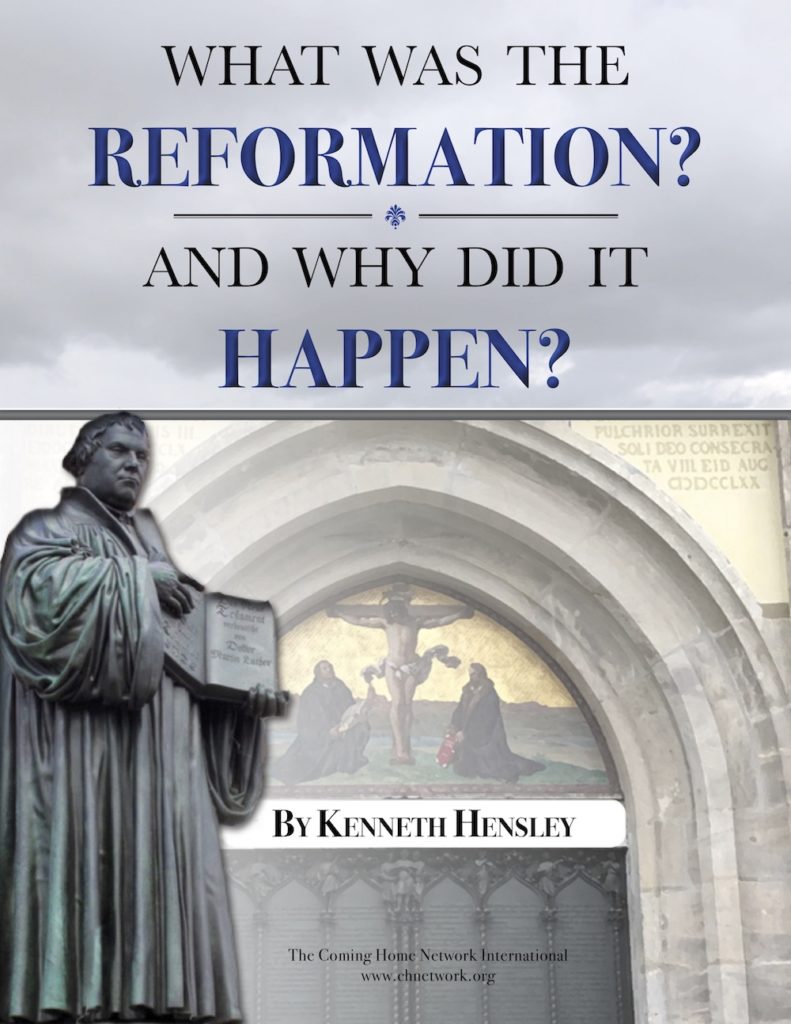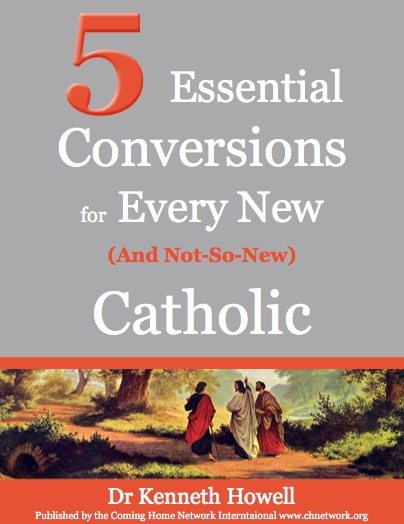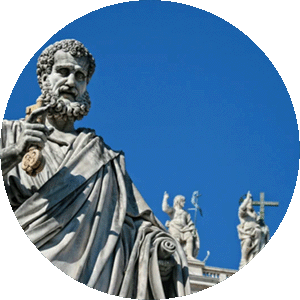
One of my favorite moments in the Gospels, recounted by Matthew, Mark, and Luke, occurs during Jesus’ encounter with the Rich Young Man, who asks Jesus what more he must do, beyond keeping the commandments, to inherit eternal life. There is much to be gleaned from the episode— Jesus’ striking answer, the young man’s response, and Jesus’ additional commentary afterwards—about the nature of true conversion, the dangers of attachment to wealth and worldly goods, and our radical call to follow Jesus with everything we have and are. However, what has always struck me most profoundly, recorded in Mark’s account, is not what was said but rather in the tiny observation that Jesus, before delivering His challenging teaching, “looking upon [the young man] loved him” (Mark 10:21).
This “gaze of love” is such a beautiful and intriguing detail included in Mark’s Gospel. We get the sense that we have received a priceless glimpse into the Sacred Heart of the Master; that beneath the surface level of the conversation—the information, the question, the challenging response, and the commentary afterward to unpack—Jesus really did love this young man and desire for Him to accept the Father’s love and the upward call to holiness. Jesus shares with him the difficult and challenging truth, but He does so from a place of true and heartfeltcharity.
But I think there is more here—a deeper connection between this “looking upon” and “loving,” as Jesus loves. The Greek word for how Jesus looks at the young man is emblepō, which means not just to casually “see” or “notice” but to “look at intently”—to“fix one’s gaze upon.”This word is used a couple of other key times in the Gospels. The first is John 1:36 when John the Baptist “looked at Jesus as he walked, and said, ‘Behold, the Lamb of God!’”. The second is in Luke 22:61, in which Jesus turns to look at Peter moments after his third denial. In response to the gaze of his master, Peter remembers Jesus’ prediction, is convicted of his sins, and breaks down weeping. The common thread in all three cases is an intent gaze that truly beholds and recognizes the person in question—there is a deep and profound seeing and being seen.
Again, I find this moment in the Gospel of Mark so significant because this emblepō—this “looking at intently”—seems to be connected fundamentally with the nature of love itself. Love is, of course, a complicated word, in any language. We use it, rightly and wrongly, for a whole variety of relationships with people and with things. Love, though, is not merely an “emotion”—not just temporary happy feelings prompted by the right stimuli. Rather, Love is active. Love wills and, to the degree it is able, works for the good of the other. And, of course, the New Testament is full of exhortations from Jesus and his disciples about the fact that love cannot remain simply a theory; our faith must be put into action.
Yet, in this glimpse of how Jesus looks at and loves the young man, I think we are also given an important and powerful reminder: even before the more active forms of love must come this fundamental seeing. Love never occurs in a vacuum. It is fundamentally relational. In order to truly love someone, we must open our eyes and attempt to truly see them as God sees them.
We all have moments when we begin to lose sight of the people that God has called us to love. This may be the result of conflict, difficulty, or argument. But it also indeed happens in the midst of the busyness of trying to “love” the people around us as Jesus commanded! In the day-to-day flurry of activities and responsibilities in our marriages, parenting, working, evangelizing, teaching—we all have moments when our efforts to love become themselves the focus—and we lose sight of the people we are ostensibly loving. In fact, at times we can begin to see our spouse, or our children, or the neighbor who needs our help as simply problems to be solved, rather than people to be loved. From time to time, we must remember to look upon other people as Jesus does—attempting to see them in truth, in their dignity as children of God, as people whom Jesus still looks at with that piercing gaze of love, despite their sins.
This encounter in the Gospel of Mark gives us an incredible insight into God’s love and how we can imitate it. Jesus looks at us—every one of us—and loves us, even though our sins and betrayals, past and future, are not hidden from his gaze. We in turn must work to open our eyes to truly see and appreciate Jesus and the people He has given to us to love.
This “looking at and loving” also gives us insight into the journey of prayer itself, which is, at its heart, simply the journey of loving God more and more. While some of the time our prayer involves expressing ourselves to God—repentance, gratitude, our needs and concerns—prayer is a relationship and journey that proceeds, with practice and perseverance, toward something deeper than words. As the Catechism notes about Contemplation, the deepest form of prayer towards which we are all called to strive:
Contemplation is a gaze of faith, fixed on Jesus. “I look at him and he looks at me”: this is what a certain peasant of Ars in the time of his holy cure used to say while praying before the tabernacle. This focus on Jesus is a renunciation of self. His gaze purifies our heart; the light of the countenance of Jesus illumines the eyes of our heart and teaches us to see everything in the light of his truth and his compassion for all men.
Just as with our neighbor, in order to grow in our ability to love, at times we need to simply be silent, to look upon Jesus, to love Him—and to allow ourselves to be looked upon and loved by Him as well.






